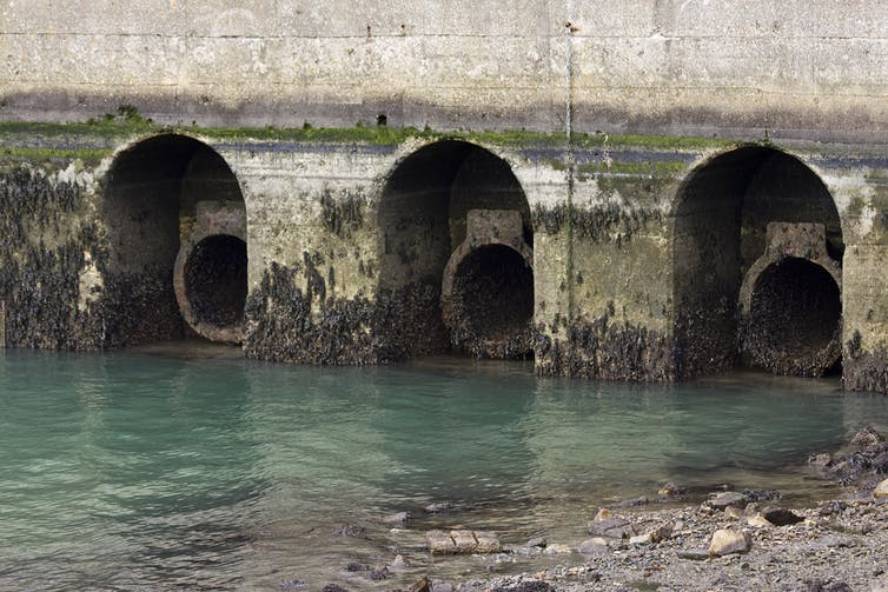Coronavirus in wastewater
Posted in Berria on 9 April 2020
Among the methods used to measure the consumption of illegal drugs and to know trends, is the measurement of their concentrations in wastewater or their metabolites. Thus, for example, they have confirmed that in Europe, between 2011 and 2017, cocaine consumption has grown considerably, this being the main drug of southern and western Europe.
In addition to illegal drugs, waste from other substances such as alcohol, psychoactive drugs, antibiotics, fiber, vitamins can be found in sewage... In Australia, measuring 42 biological indicators in fecal pipelines from several regions, differences in the socioeconomic level of the population from one region to another were deducted.
Like these substances, viruses can be detected in wastewater. In the US, for example, this method has been used for years to measure the success of polio vaccinations. Monitoring of the spread of the SARS-CoV-2 virus is currently being tested in countries such as the United States, the Netherlands and Sweden.
Specifically, they detect the genetic material of the virus, RNA. As explained in the journal Nature members of the Dutch Aquatic Research Institute (KWR), the detection of coronavirus in water is very useful for early detection of the epidemic: if in a given population, without being attended by coronavirus in the health system, the RNA of coronavirus appears in water, the plague has already reached that population. This allows action as soon as possible.
However, not all researchers see with good eyes the detection of coronavirus in sewage. In fact, the same reagents are used to do this and to diagnose people. And, given the scarcity of resources, they consider that the diagnosis of people has priority, and that all resources should be allocated to it.
For its part, the Swiss Institute of Technology considers that waste water monitoring serves to curb the spread of plague and mitigate the blow. This would save resources. And the key is time: three days after infecting a person, a virus can be detected in their excrements. To develop symptoms and be severe enough to go to the hospital, it can take up to two weeks. This is clear: detecting the virus in wastewater means gaining time.
In addition to this phase of the pandemic, Swiss researchers have stated that it is effective in detecting whether confinement has begun to expand again. Given that the SASR-CoV-2 virus is easily transmitted, that in many people it does not produce symptoms and that in those who become ill they spend many days for serious symptoms to appear, it is clear that early detection systems must be implemented. If necessary, one of them will be wastewater.
For this, it is advisable to have cheap and easy to use analysis tools, as it seems that developed at the Chinese Academy of Sciences. Presented in the journal Environmental Science & Technology, it is a paper test. As in pregnancy tests, in this part of the paper all steps are performed for the detection of RNA virus (extraction, enrichment, purification, elusion, amplification and visual perception), being able to burn once used to prevent contamination. They point out that the system is also effective in detecting causes of other diseases such as drought, malaria, AIDS, listeriosis...






